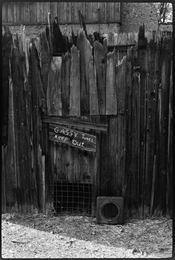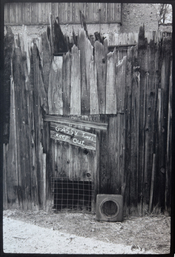Some ideas in order of least likely to damage the negative:
For the print:
Try printing with a condenser lamphouse and a #47 blue filter. That adds significantly more contrast than maximum magenta on my color head.
You don't say which paper you are printing on. I've found that Ilford Classic gives more contrast than Foma and Bergger. You might try a different paper.
Try printing a little heavy and then bleaching the print back to where you want it in a weak potassium ferricyanide solution.
Try local bleaching of areas of the print that you need lighter.
Now, on to the negative.
Least invasive would be masking. You might explore that.
Making a copy negative to boost contrast would maybe do the job. You'd make a contact positive (film-to-film, emulsion-to-emulsion), develop that, and then repeat the process to get a negative to print. That would take quite a bit of dialing in, probably. Or, you could just scan your negative and output a digital neg with more contrast (easier, but not analog).
There are several ways to intensify negatives. Selenium intensification, mentioned above gets you 1/2-1 paper grade more contrast. Once you've done this, though, other intensification methods are not an option.
I like intensifying with bleach/redevelop. I use a potassium ferricyanide and potassium bromide rehalogenating bleach, bleach the negative till the image is completely converted to halides and then develop it back with a staining developer (PMK, Pyrocat, etc.). This adds a layer of stain to the negative and helps contrast quite a bit. It's relatively easy and risk-free (as is selenium intensification).
There's chromium intensification too. I've never tried it due to lack of necessity, but it will, purportedly, boost contrast more than other methods. You'd have to research.
Best,
Doremus


















